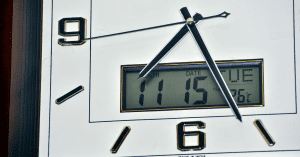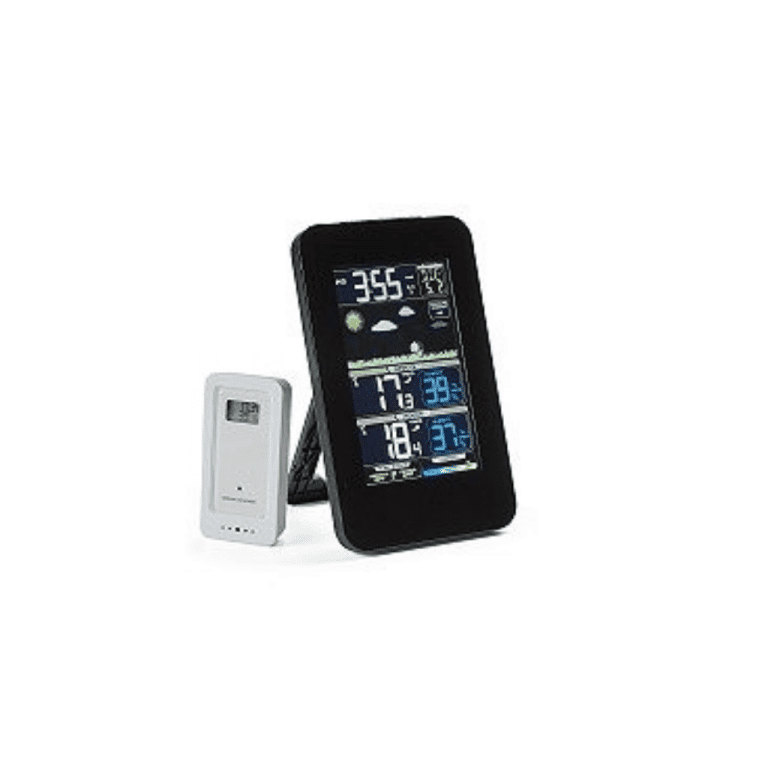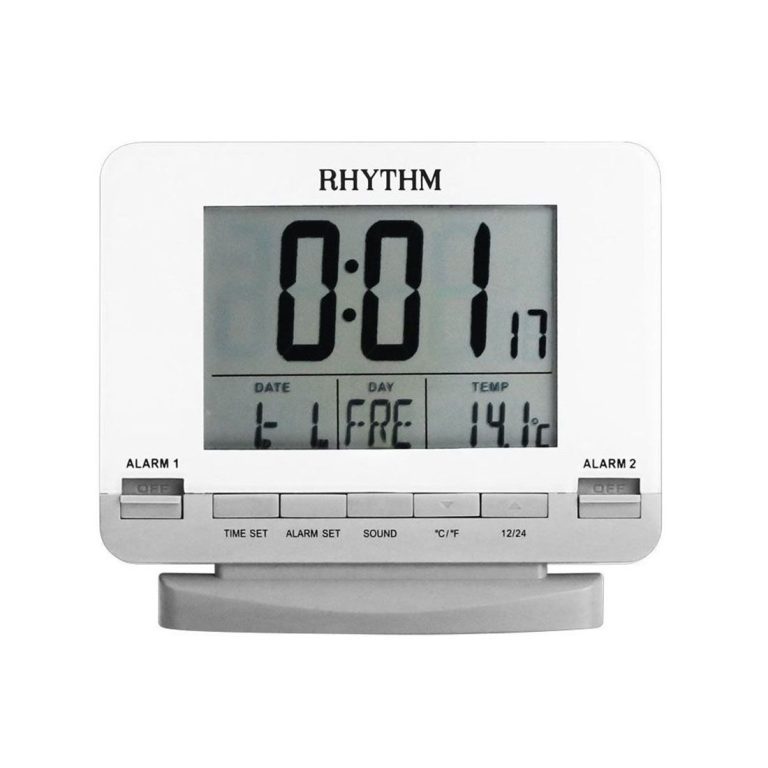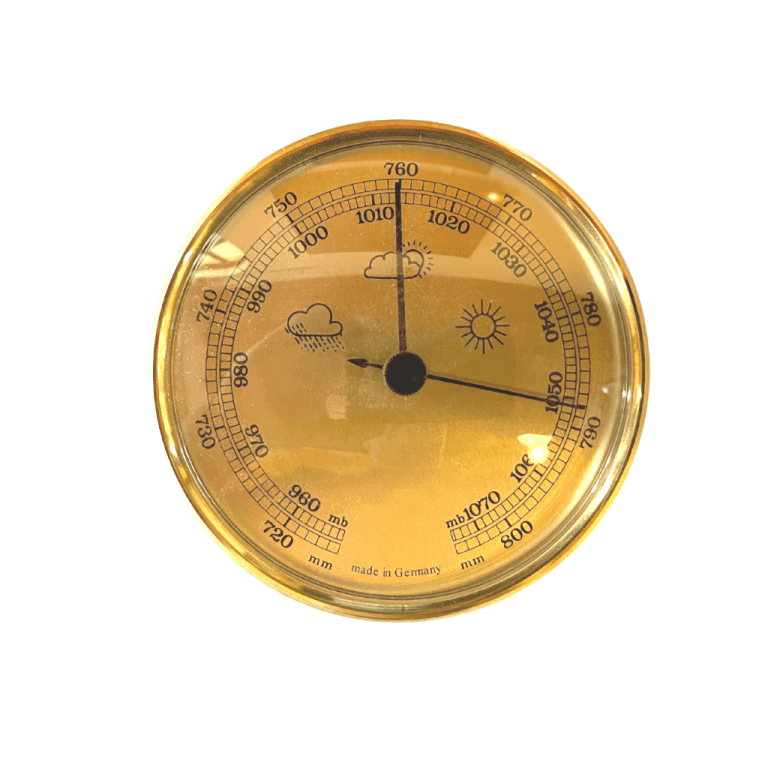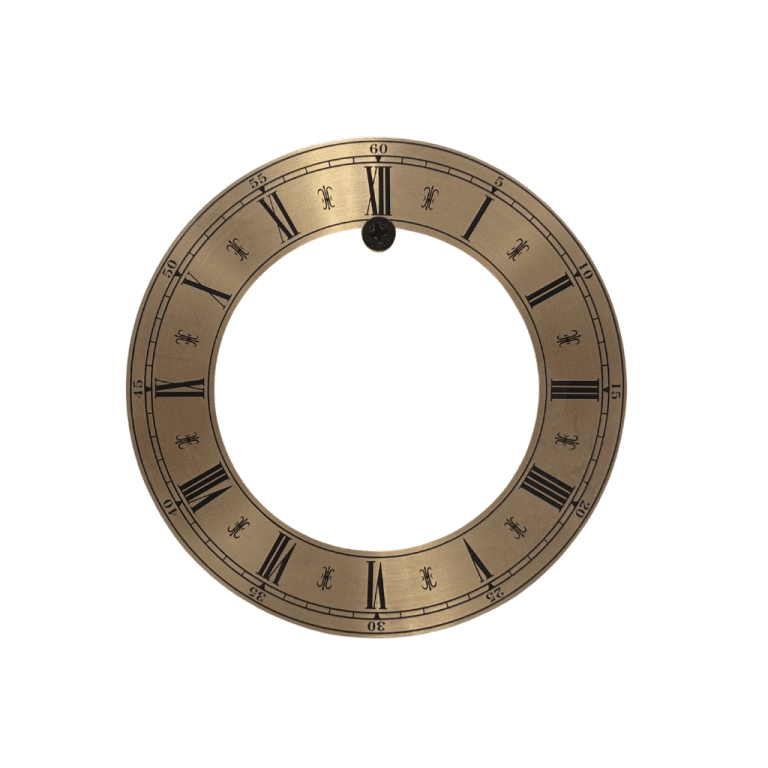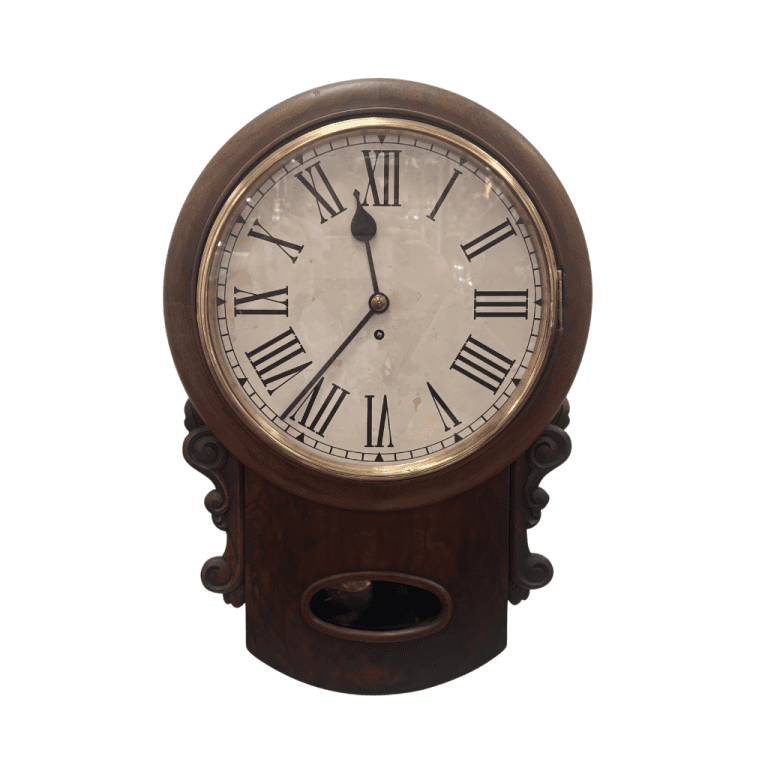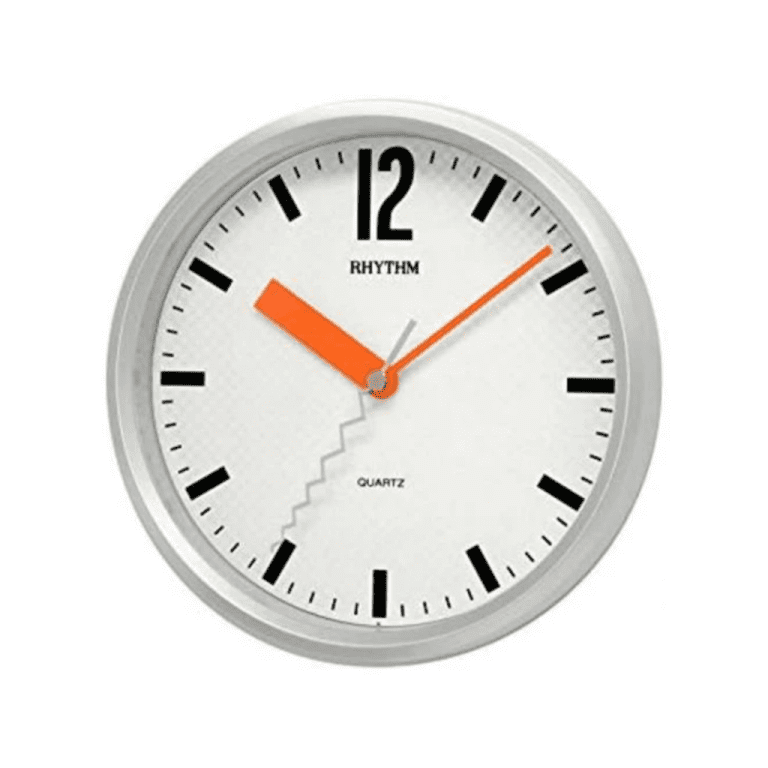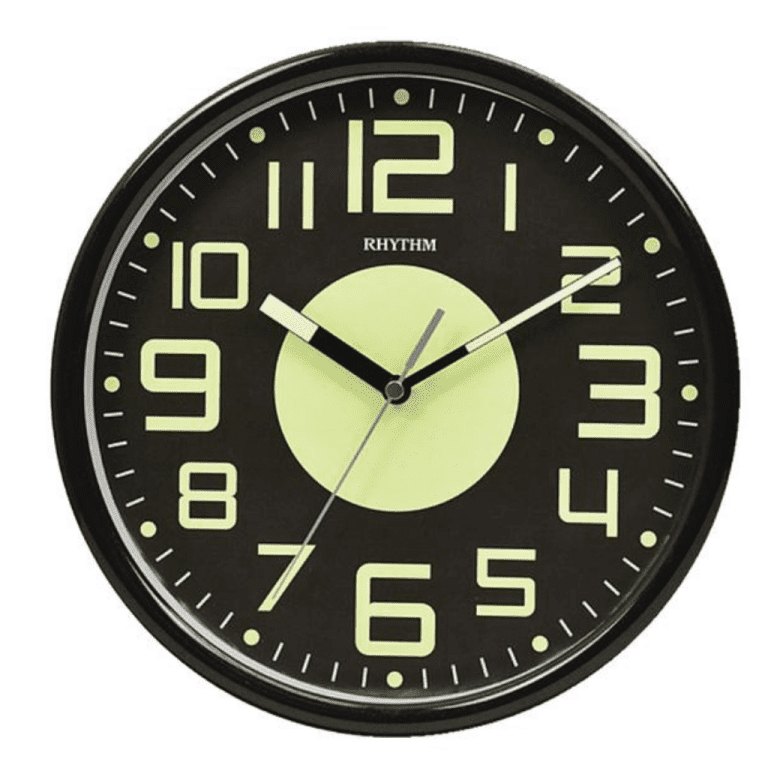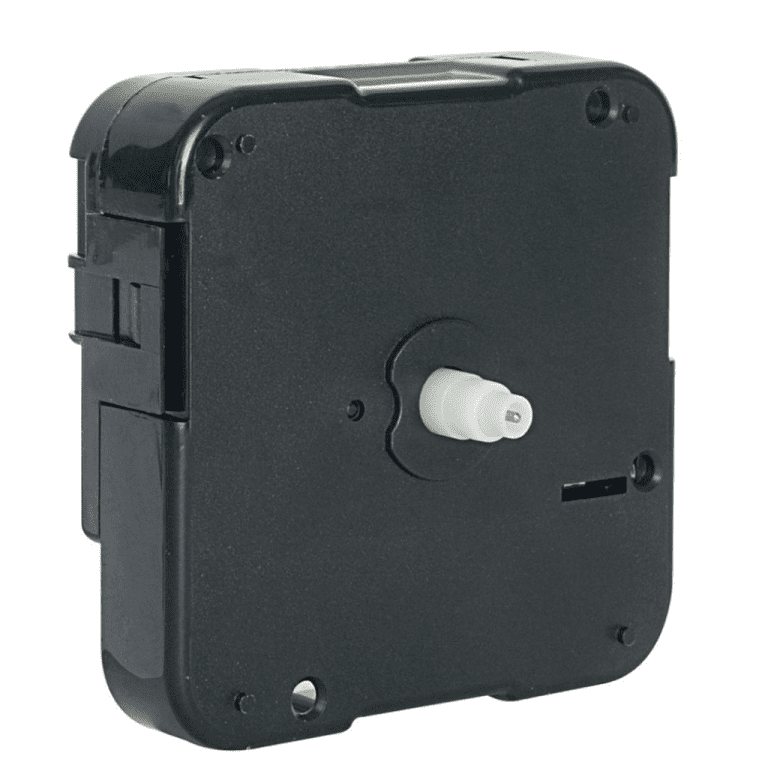Early weather-glasses
Before the modern barometer was invented, simple devices like the ‘Donderglas’ (Dutch named ‘thunder-glass’) were used to anticipate thunderstorms using changes in air pressure. The Donderglas, sometimes called a ‘Dutch water barometer’ (above), was hung vertically and water was introduced through the spout until the water level inside the vessel was equal to that in the spout.
When atmospheric pressure increased, the level of the water in the spout would fall. When atmospheric pressure decreased, as in the case of an impending thunderstorm, the level of the spout water would rise. Glass buttons or pinches on the vessel acted as a scale.
Unfortunately, this type of weather-glass was susceptible to variations in temperature, causing water to expand or contract, and therefore it provided only a rough guide of local atmospheric activity.
The invention of the barometer
Barometers, in the sense in which we use the term now, were first invented to measure the weight of air or air pressure, and were most closely associated with studies of the physical properties of air.
Evangelista Torricelli (1608-1647), who may well have encountered Dutch water barometers, noticed that when an open-ended vertical tube was partially submerged in a water bath, the level of water in the tube remained elevated above the surface of bath water. Torricelli attributed the raised water level in the tube to the weight of air exerted upon the water column, in contradiction of the Aristotelian assumption that air was weightless.
Blaise Pascal (1623-1662) agreed with Torricelli’s theory and suggested that the weight or pressure of air would decrease with altitude (Image 2). In 1648 he convinced his brother-in-law, Florin Périer (1605-1672), to climb Puy-de-Dôme with a simple mercury-in-tube barometer. If Torricelli and Pascal were correct then the column of liquid in the barometer tube would increase with altitude.
Périer carefully recorded the barometer as he ascended and noted how the level increased, while, at the base of the mountain, a local monk monitored a second barometer in order to calibrate fluctuations in air pressure. Périer’s trek up Puy-de-Dôme thus helped to confirm that the weight of air is heavier at sea level than at the top of a mountain.



